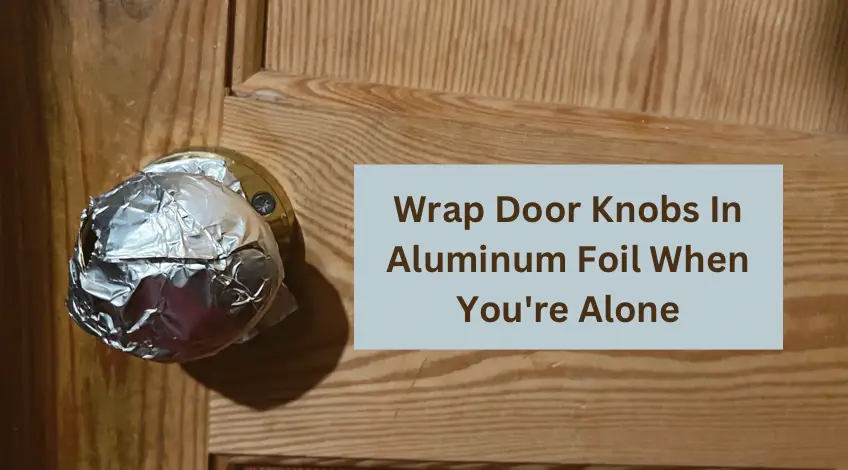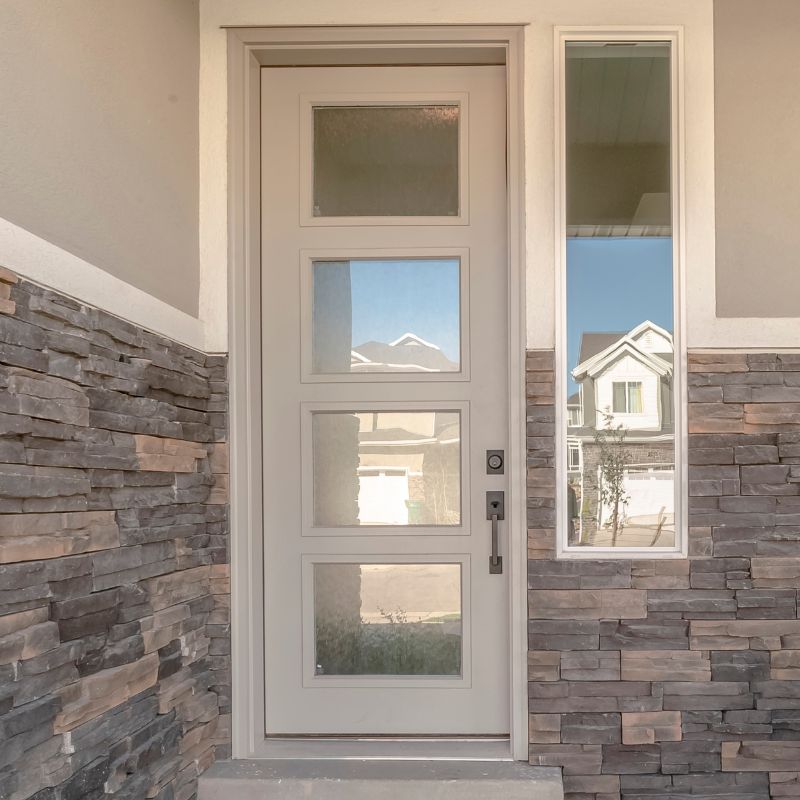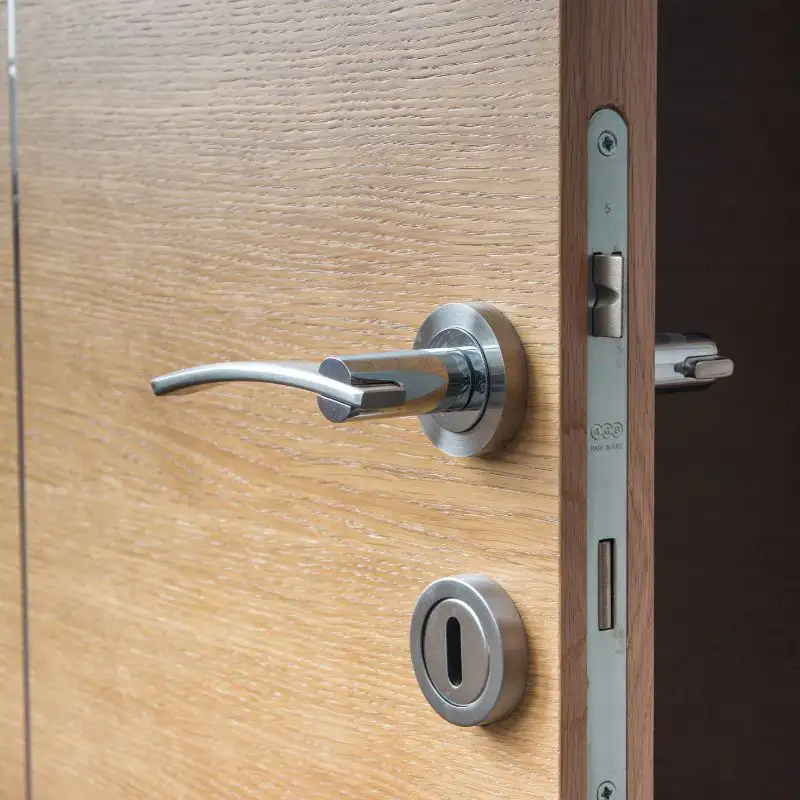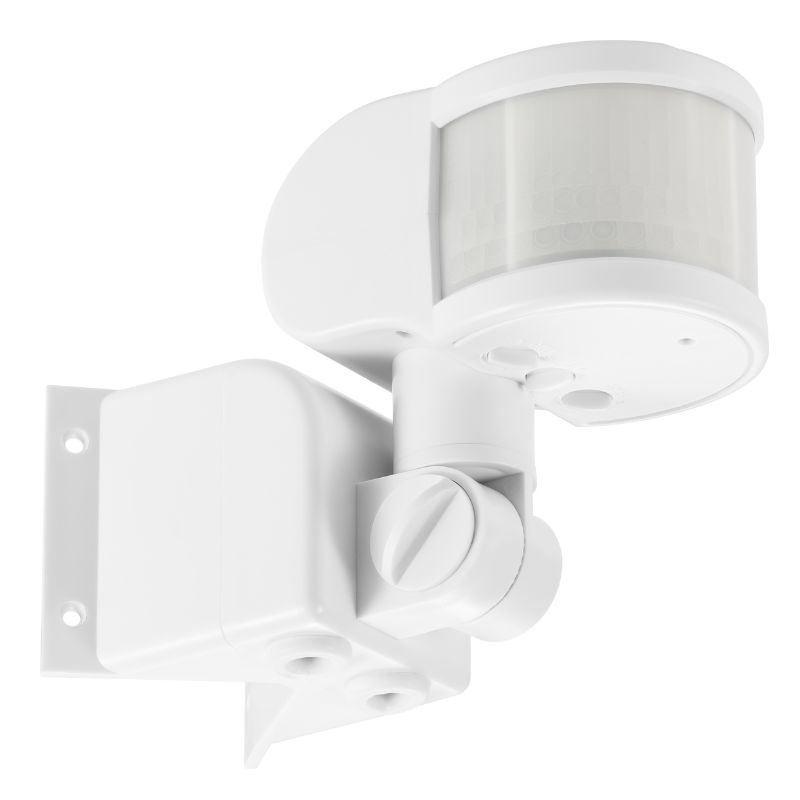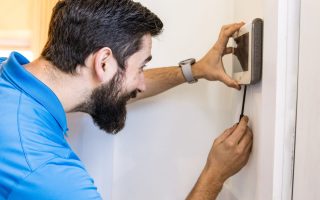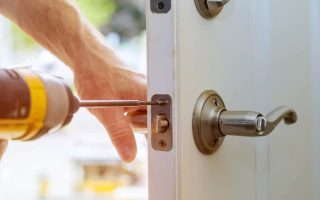You may have come across the idea that wrapping aluminum foil around your door knob can protect you from burglars. While this suggestion sounds odd, it’s surprisingly common. But does it work? In this article, we’ll explore the truth behind this myth, explain why it persists, and offer real security alternatives that are far more effective.
Why Wrap Aluminum Foil Around a Door Knob When Alone?
Wrapping aluminum foil around a door knob as a security measure is a myth. There is no scientific evidence to support its effectiveness in deterring burglars. While some believe it could confuse intruders or act as an early alert system, experienced burglars can easily bypass this. Instead, it’s much better to use proven security methods like reinforced door frames, high-quality locks, or a home security system for real protection.
Why the Myth Persists
This myth continues because it’s based on the idea that foil might confuse or delay a burglar by making the knob harder to grip or leaving visible signs of tampering. However, most burglars are experienced and rely on techniques like lock-picking, breaking windows, or using force, all of which easily bypass a simple foil-wrapped knob.
Expert Quote: Security consultant James S explains, “While people may look for creative ways to feel safer, tactics like wrapping foil around a door knob do nothing to actually prevent a break-in. Burglars are skilled at overcoming basic obstacles”.
In fact, most burglars rely on techniques such as lock picking or forced entry, and wrapping your door knob in foil won’t slow them down.
Other Home Security Myths
Besides the foil-wrapped doorknob, there are several other popular security myths:
- Leaving Lights On: Some believe leaving lights on when they’re not home will deter burglars. However, experienced thieves may recognize this as a tactic, especially if the lights remain on day and night.
- Hiding Spare Keys: Another myth is hiding a spare key under the doormat or in a plant pot. Burglars know these common hiding spots and can easily find the key.
Effective Security Alternatives
Instead of relying on myths, focus on proven security methods. Here are some reliable ways to keep your home safe:
1. Reinforced Door Frames
Burglars often try to force open doors by kicking or prying them. A reinforced door frame is designed to withstand such attacks, making it much harder for someone to break in. Strengthening your door frames can involve adding metal plates, reinforcing strike plates, and using solid-core doors that resist forced entry.
Stat Alert: According to the FBI, 34% of burglars enter through the front door, making strong door frames a crucial part of home security (source). Additionally, police reports show that homes with reinforced doors are less likely to be broken into, as they make it harder for thieves to gain quick entry.
2. High-Quality Locks
Not all locks are created equal. A reliable deadbolt or smart lock is one of the most effective barriers to entry. Deadbolts offer strong resistance to forced entry, while smart locks allow you to control access remotely. High-security locks with ANSI Grade 1 ratings offer the best protection against lock-picking and break-ins.
Expert Quote: Locksmith Davis suggests, “Investing in high-security deadbolts can significantly reduce the risk of break-ins. Burglars often bypass poorly installed or cheap locks within seconds”.
3. Home Security Systems
A home security system with alarms, cameras, and motion detectors is a proven deterrent. Security systems not only alert you when someone tries to enter your home, but the visible presence of cameras and security signage often discourages burglars from even attempting to break in.
Pro Tip: A study by the University of North Carolina found that 60% of burglars would avoid homes with visible security systems (source). Systems with remote monitoring allow you to check on your home via smartphone, adding an extra layer of peace of mind.
For a complete breakdown of costs, features, and the pros and cons of each option, read our full guide on DIY vs. Professional Home Security Systems.
4. Neighborhood Watch Programs
Community involvement through neighborhood watch programs can help prevent crime. These programs encourage neighbors to look out for each other and report suspicious activity. When burglars know that a neighborhood is on alert, they are less likely to target homes in that area.
Stat Alert: Studies show that crime rates in neighborhoods with watch programs are typically 16-26% lower compared to those without organized community efforts【source】.
5. Motion-Sensor Lighting
Burglars prefer to work in the shadows, and motion-activated lights can startle them away. Installing motion-sensor lights outside your home—especially near entry points—can be a powerful deterrent. These lights automatically turn on when they detect movement, drawing attention to any suspicious activity.
Pro Tip: Consider placing motion-sensor lights at all major entry points, including back doors, windows, and garages, to ensure your home is well-lit in vulnerable areas.
6. Window Security
Windows are another common entry point for burglars. You can reinforce them with security glass, install window locks, or use shatterproof film. Installing security bars on basement or first-floor windows can also add a physical barrier.
Expert Tip: Home security specialist Olivia Parker advises, “Windows are often the weakest point of entry. Adding strong locks and security film can prevent intruders from gaining easy access”.
Conclusion
Wrapping aluminum foil around your door knob may sound like a clever trick, but it’s not an effective way to protect your home. Instead, focus on real, proven security measures like reinforced door frames, high-quality locks, home security systems, and smart prevention strategies explained in this guide on how to make your home more secure. By investing in these strategies, you’ll greatly reduce the risk of burglary and feel more secure in your home.
What do you think? Have you heard of other myths like this one? Let us know in the comments below, and feel free to share your own security tips!

